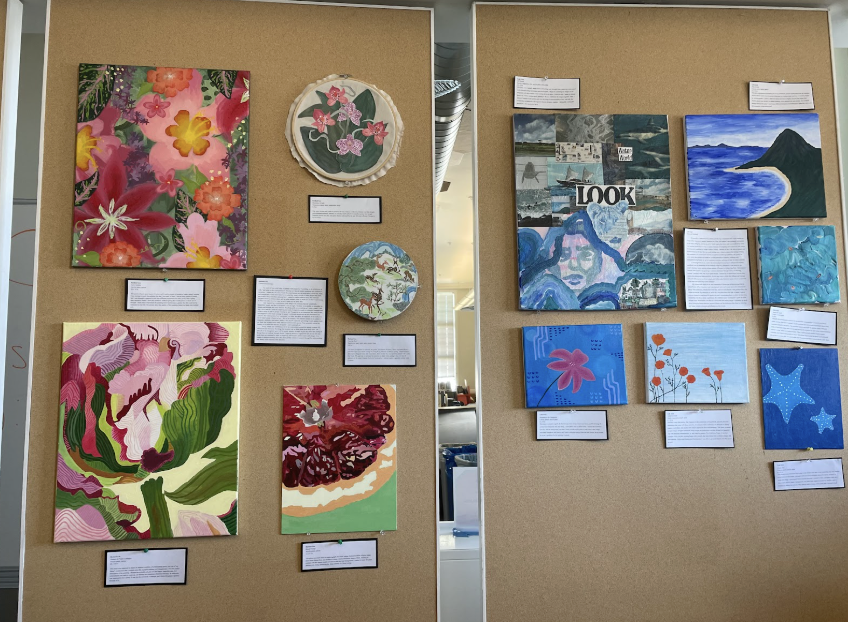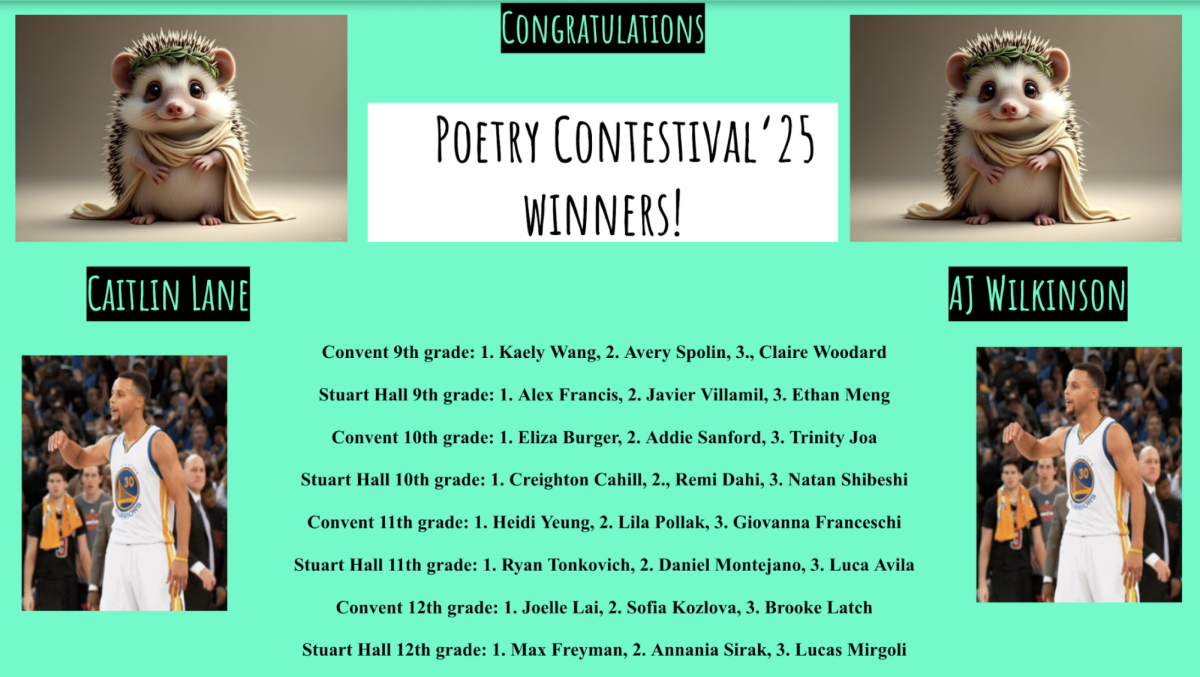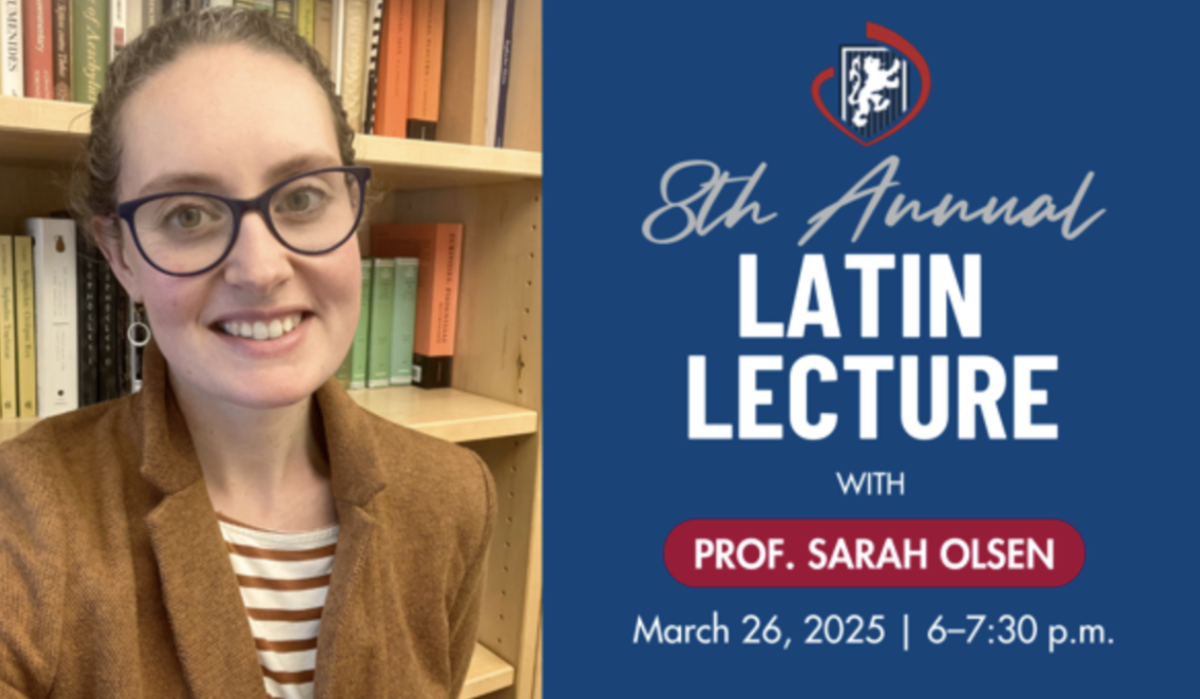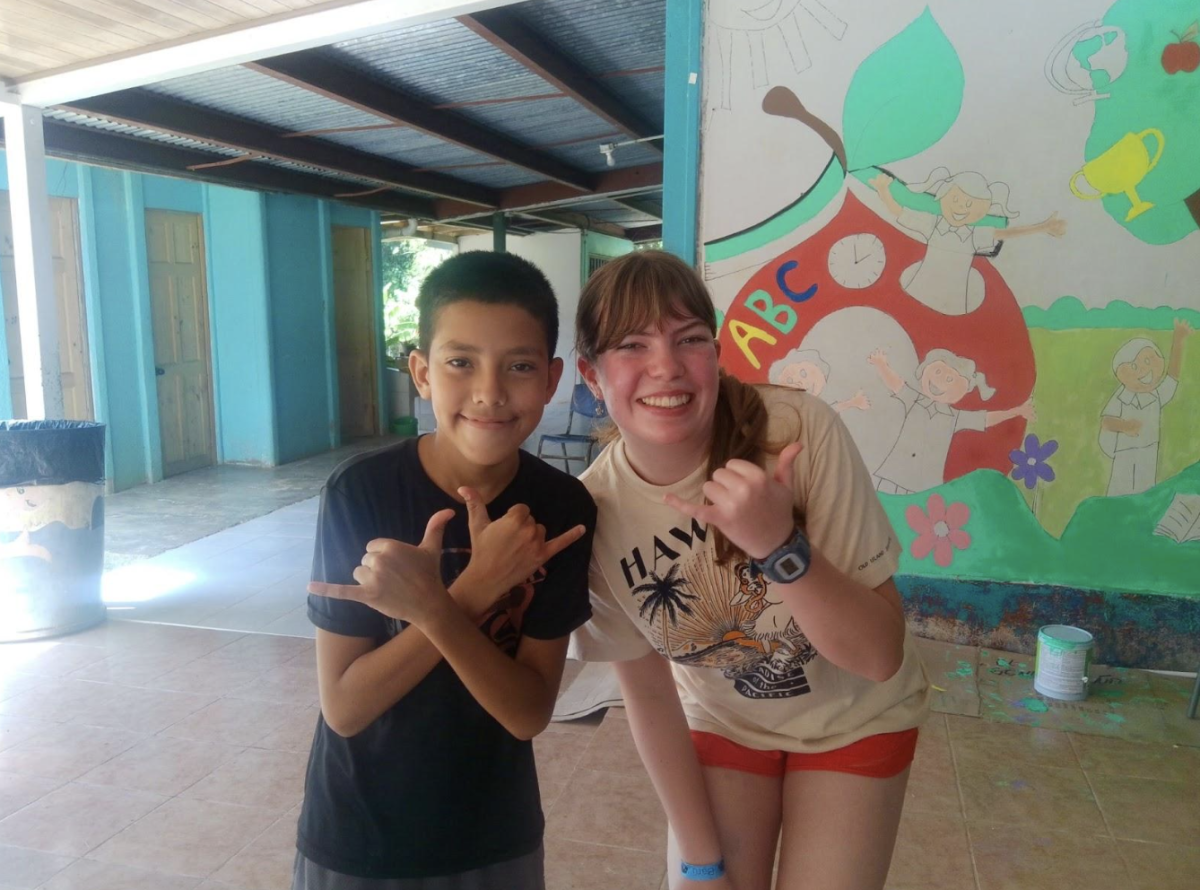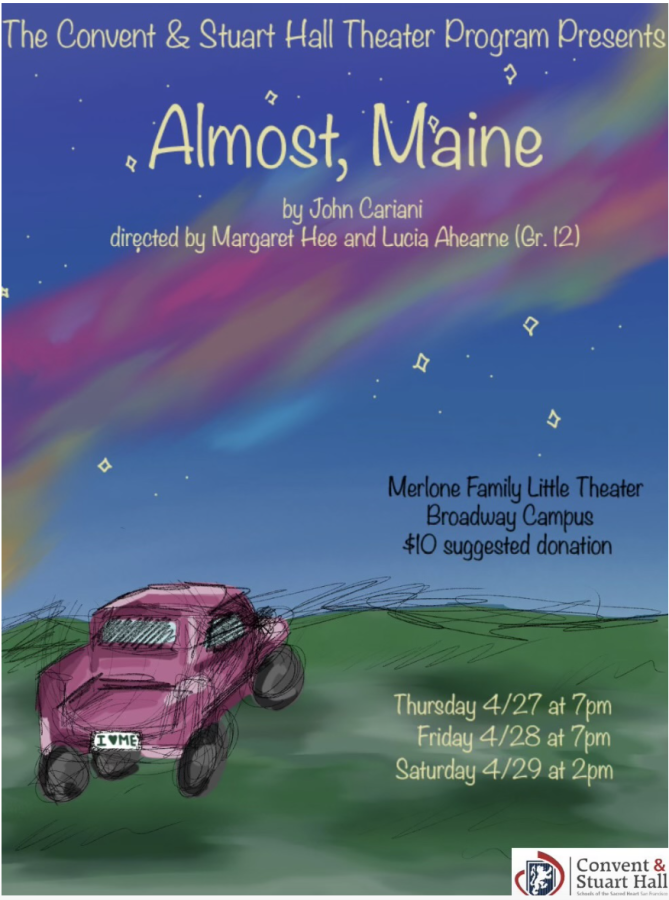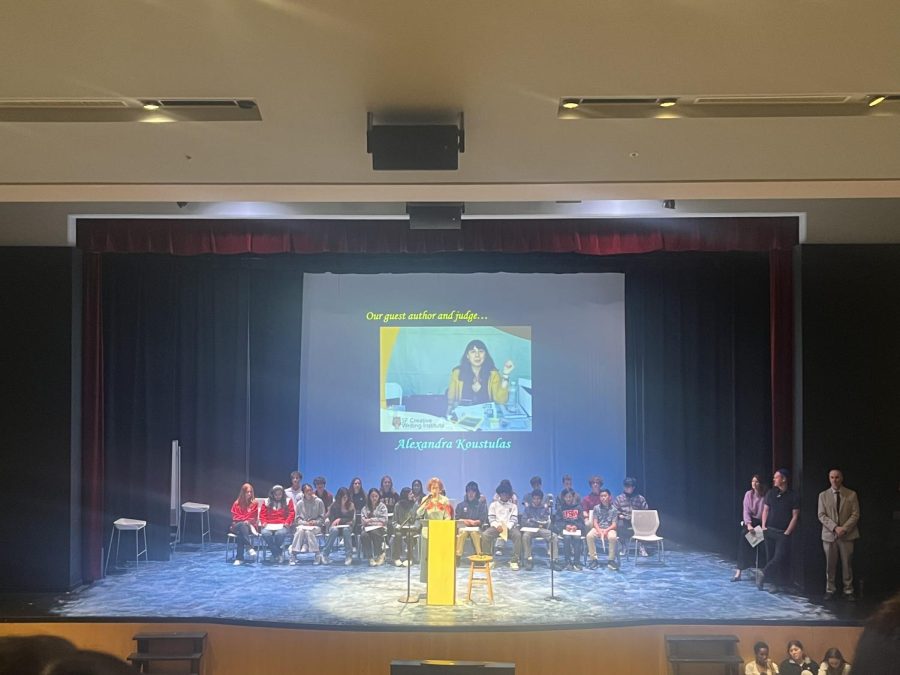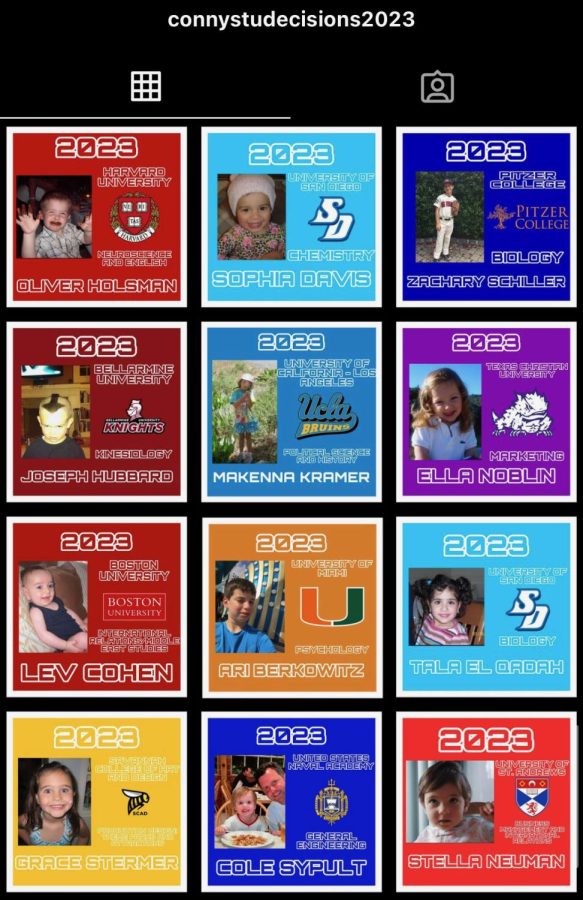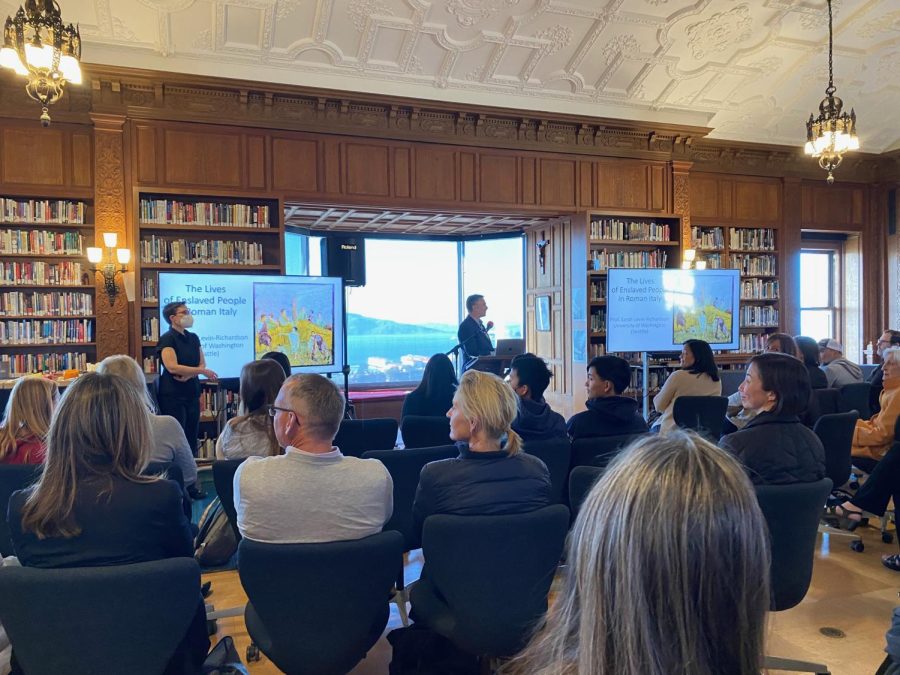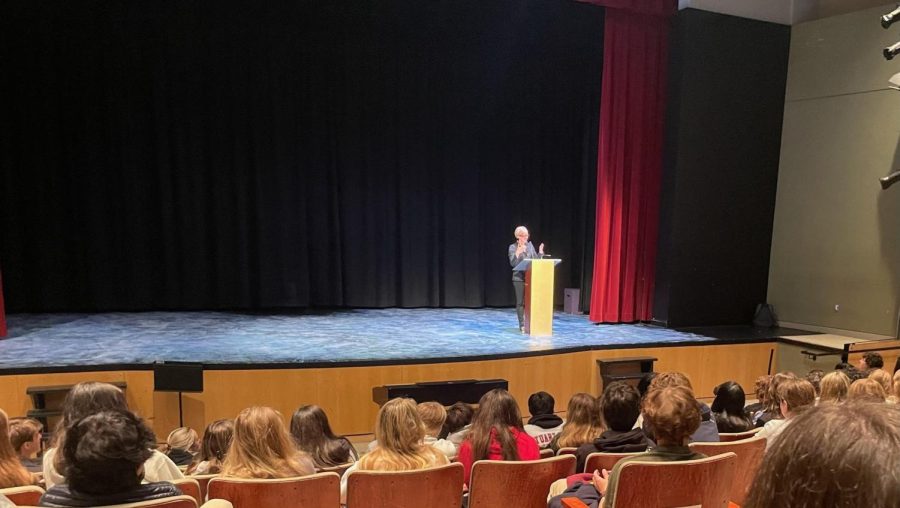Madeleine Ainslie
Managing Editor

While AP classes are notorious for teaching to the test, Convent teachers find ways to incorporate both day and overnight trips to augment classes and enrich the set curriculum.
“We took stats on the game for statistics and applied it to a project,” AP Statistics student Rachel Booth said about attending a Giants game with her class in September. “My group for the project did stats on all the runs, and we made graphs on it, made box plots and calculations and then turned it in for a grade.”
The AP Program offers 36 courses in a wide variety of subject areas, according to the College Board, and last year Convent offered 18 different exams.
“We’ve always done AP differently,” Science Department Chair Ray Cinti said. “One of our goals is academic pursuit and excellence, but overall it’s building personal growth and I think that trumps the quest for a particular score, what we are trying to instill is beyond the love of learning.”
Cinti takes his AP Biology class on a four-day trip to Yosemite National Park every year before the first week of school.
“People think that the exam tests the individual knowledge, but I disagree,” Cinti said. “The AP philosophy is getting a ‘five,’ but our school philosophy is belief in a student’s personal growth. Its very core is to take the student where they are and allow them the opportunity.”
Students find the trip beneficial to help them understand biology in real-world situations.
“Some of the things we did in Yosemite was based off the summer reading,” senior Sarah Niehaus, who took AP Biology last year said. “Doing the experiments and putting that into the context of the real world. We went hiking, we went to a river and collected some little bugs that live under the rocks in the river and counted them, and checked the PH of the river and the oxidation level.”
Approximately 4.2 million exams were taken by more than 2.3 million students at over 19,000 high schools last year, according to the College Board.
“It appears on the surface that this type of experience isn’t going to manifest into the students’ ability to answer a multiple choice question on an AP exam,” Cinti said. “That speaks to the fact that the exam is not the ultimate goal for the class. It’s one of the goals to be successful on that exam, but more importantly to instill a love of the subject
The biology trip to Yosemite National Park, focuses on getting students ready for the start of the academic year, while the yearly AP Art History trip to Los Angeles is designed to help students prepare for their final AP exam.
“I immerse my students in art,” Sonia Evers, AP Art History teacher, said. “We usually go to four or five museums — it basically is to bring the classroom to life. Being in front of an art piece is a very different than being in the classroom looking at a screen. Students respond to the piece and everything starts to make sense.”
Last year’s three-day trip actually covered six museums about two weeks before the AP exam.
“There’s a lot of things that we learned about, but when we experienced it, the painting or the work gave us this feeling that couldn’t be studied,” senior Christina Braa, who took AP Art History last year said. “The Mark Rothko paintings — I didn’t get in class, but when I was in front of it, I understood its importance.”
The trip not only helped students on the exam, but also gave them a greater appreciation for art.
“It gave me lots of examples to work from and it was easier to remember things that we saw in the museum as opposed to what we learned about in class because it had a more impact on our memory,” Braa said. “It gave me more details to use in the essays.”



